Songnidan-gil Street (송리단길)
6.1Km 2025-01-23
Baekjegobun-ro 43-gil, Songpa-gu, Seoul, and surrounding areas
Located south of the eastern side of Seokchon Lake, this street is home to numerous restaurants and cafes. Its name comes from the combination of Songpa-dong and Gyeongnidan-gil Street in Itaewon, Seoul, meaning the “Gyeongnidan-gil Street of Songpa-dong.” This street began as an otherwise unremarkable street that faced the eastern side of Seokchon Lake. Today’s “Songnidan-gil Street” came to be as cafes moved into the neighborhood, followed by restaurants and photography studios. Songnidan-gil Street is a popular hangout for young Seoulites in the southeastern side of Seoul, so on weekends, one can often find them conversing in cafes, going for drinks in bars, or waiting in line for the hottest restaurants in the neighborhood.
Seongcheon Makguksu (성천막국수)
6.1Km 2021-03-29
48, Jeonnong-ro, Dongdaemun-gu, Seoul
+82-2-2244-5529
It is a 100-year-old store that has been loved by customers for a long time while maintaining its reputation for over 30 years. The best menu at this restaurant is buckwheat noodles. This Korean dishes restaurant is located in Dongdaemun-gu, Seoul.
Korea Travel Expo (내나라 여행박람회)
6.1Km 2023-04-10
281, Eulji-ro, Jung-gu, Seoul
• 1330 Travel Hotline: +82-2-1330 (Korean, English, Japanese, Chinese) • For more info: +82-2-3445-1519
The Korea Travel Expo is a gathering of Korean regional tourism organizations, as well as travel aficionados from all over the world. It is held annually in order to help increase the national tourism volume, information exchanges, travel service quality, and local economies.
DDP Spring Festival: Design Zoo (DDP 봄축제 : 디자인 동물원)
6.1Km 2024-05-22
281 Eulji-ro, Jung-gu, Seoul
+82-2-2088-4957
DDP Spring Festival: Design Zoo features creative reimaginations of a zoo to delight visitors of all ages. The festival features large air balloons and concerts in a range of genre, as well as film showings, an animal character parade, animal train, and more. Visitors can purchase cute handmade products at the design market and tasty food at the food street.
When the clouds clear, the moon shines, the wind blows, and the star shine (구름이 걷히니 달이 비치고 바람 부니 별이 빛난다)
6.1Km 2024-11-25
281 Eulji-ro, Jung-gu, Seoul
+82-1511-1938
"When the clouds clear, the moon shines, the wind blows, and the star shine" is the first immersive media art exhibition by Kansong Art & Culture Foundation, presenting traditional Korean art, the foundation of K-culture, with a modern flair. Iconic traditional works like Miindo, A Beautiful Woman by Sin Yun-bok and Gwandong Myeongseungcheop by Jeong Seon, are reinterpreted using graphic motion, LiDAR sensors, and kinetic art. Each exhibition room features a unique scent and sound effect, offering a multi-sensory experience to visitors.
Olive Mart [Tax Refund Shop] (주식회사 올리브마트)
6.1Km 2024-04-16
1F, 229-3, Jangchungdan-ro, Jung-gu, Seoul
-
Hwanghak-dong Flea Market (Dokkaebi Market / Manmul Market) (황학동 벼룩시장 (도깨비시장/만물시장))
6.1Km 2025-04-11
11-7 Majang-ro 5-gil, Jung-gu, Seoul
Hwanghak-dong Flea Market was named after the way how merchants travel from one place to another all over the country, as if like fleas hopping around from one spot to another, to collect rare and valuable items. This market was once a haven of antiques and collectibles, but with the formation of old-fashioned art street in 1983 in Janganpyeong, many classic art shops had moved out, leaving only used item and general goods stores. Now, visitors can find stores selling antiques, used furniture, electronics, clocks, jewelry, musical instruments, camera, and machinery – pretty much anything one can name. Hwanghak-dong Flea Market is also referred to as Dokkaebbi Market, to describe how even the most rundown items become just like new, as if like the work of a dokkaebi (Korean folk goblin).
Le pain (르빵)
6.1Km 2021-03-29
12, Baekjegobun-ro 41-gil, Songpa-gu, Seoul
+82-70-8973-7004
It is a bakery famous for its strawberry whipped cream cake. The best menu at this restaurant is bread. This cafe is located in Songpa-gu, Seoul.
Haepungbuwongun Yun Taekyeong's Jaesil (해풍부원군윤택영댁재실)
6.2Km 2021-11-10
28, Toegye-ro 34-gil, Jung-gu, Seoul
+82-2-3396-5882
Haepungbuwongun Yun Taekyeong's Jaesil is a shrine house built by the father-in-law of King Sunjong of Joseon dynasty in 1906 when his daughter was proclaimed the crowned princess of Joseon and entered Changdeokgung Palace to later become Queen Sunjeong. Red pine trees salvaged from the demolition of Gyeongungung Palace were used to construct the house. It was originally located in Jegi-dong, Dongdaemun-gu, but was later restored and moved to its present location. The shrine of the house that was destroyed in 1960 was also restored.
Because the house is more of a shrine rather than residential living quarters, it has many unique features. For example, unlike other houses, it has the anchae (women’s quarters) located across from sarangbang (men’s quarters) with daecheong (living room) positioned between them.
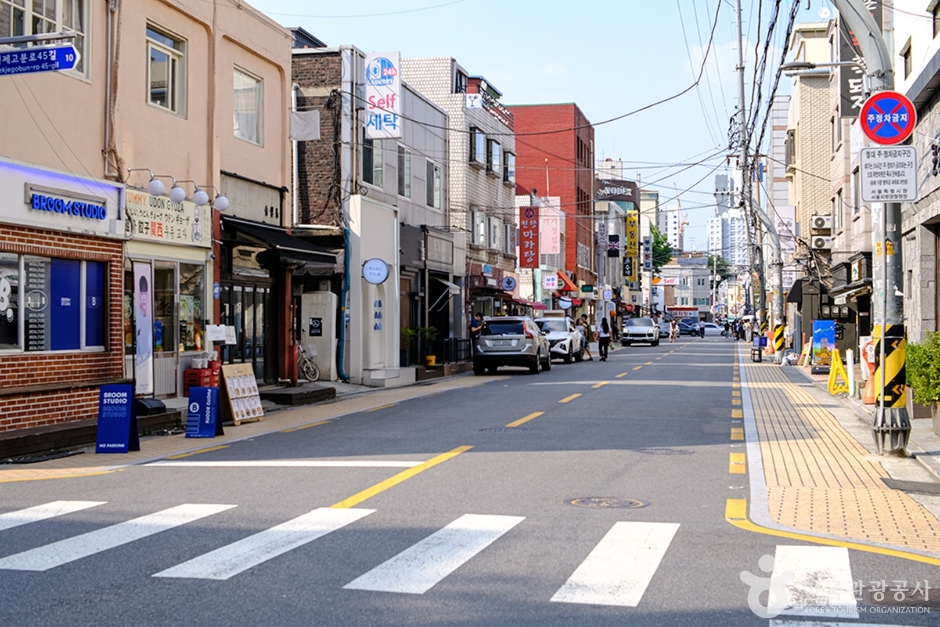
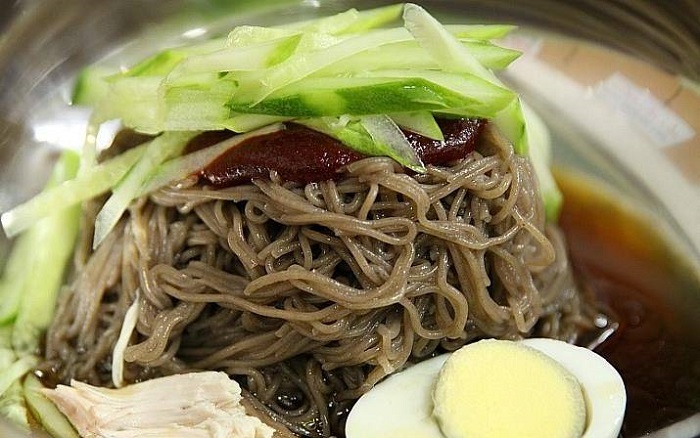
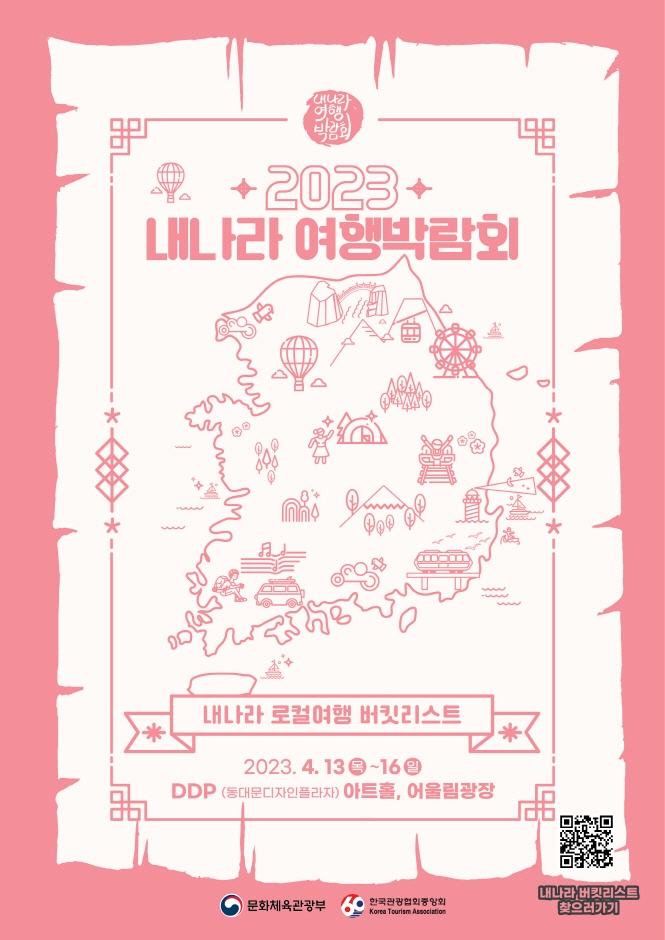
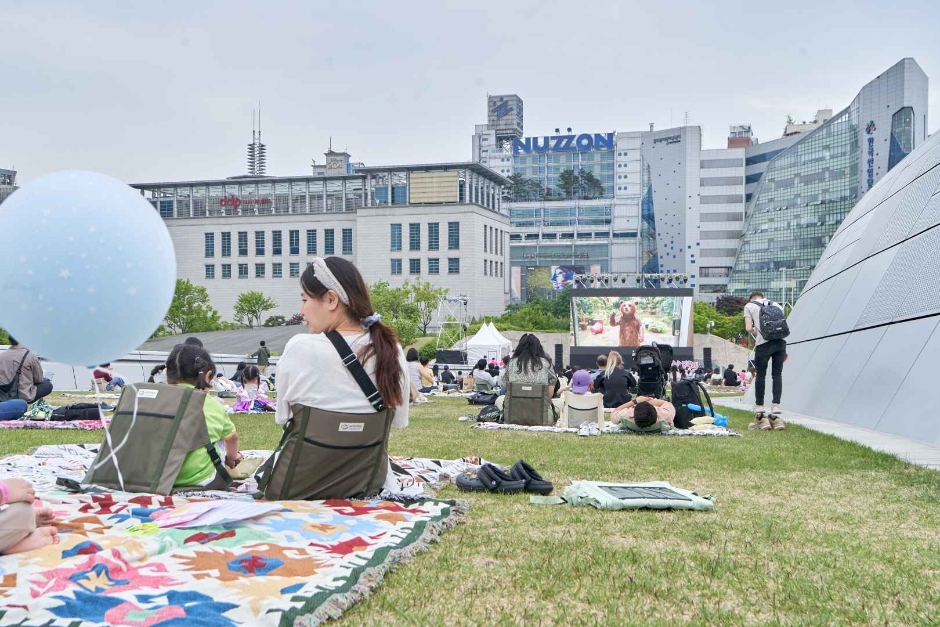
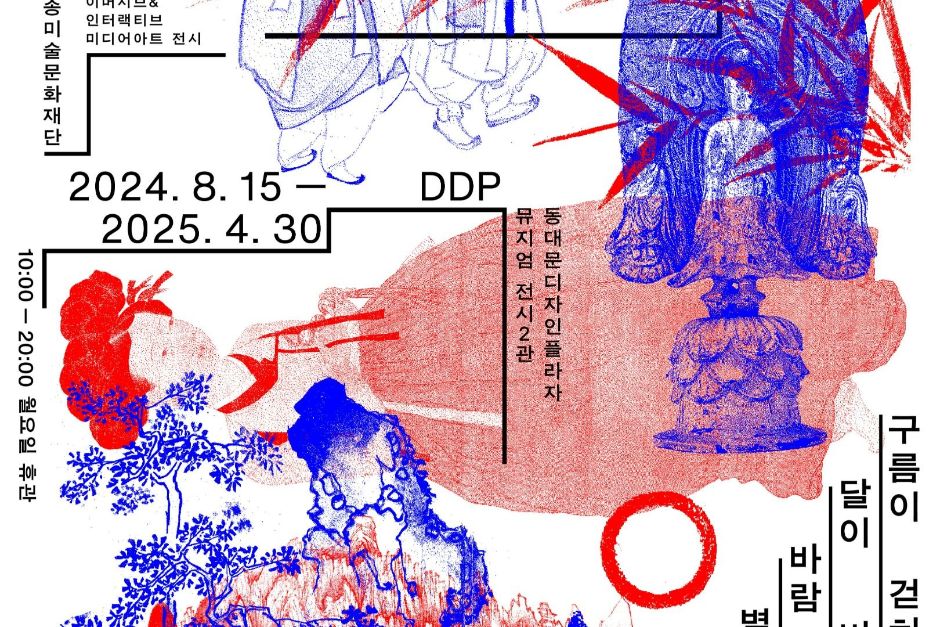
![Olive Mart [Tax Refund Shop] (올리브마트)](http://tong.visitkorea.or.kr/cms/resource/76/2878676_image2_1.jpg)
![Olive Mart [Tax Refund Shop] (주식회사 올리브마트)](http://tong.visitkorea.or.kr/cms/resource/77/2878677_image2_1.jpg)
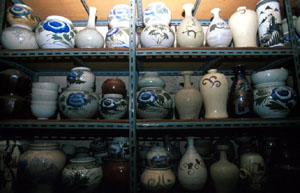
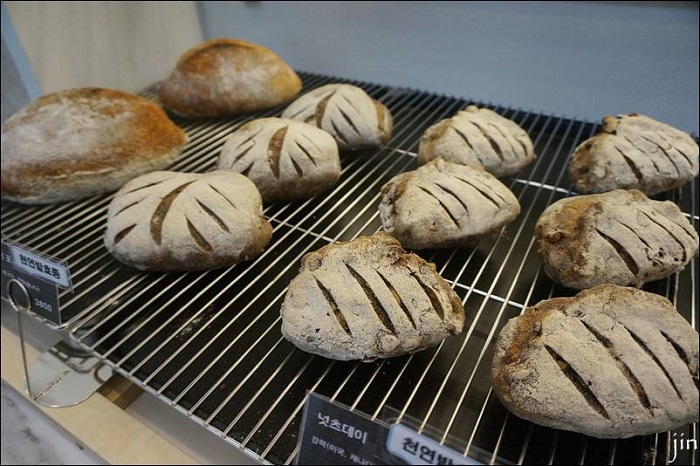
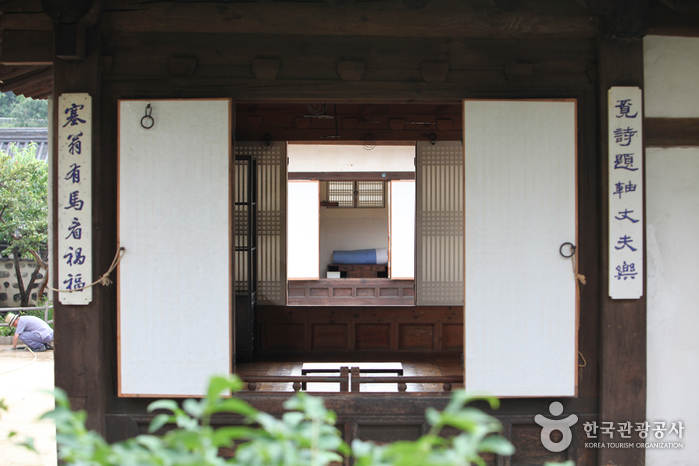
 English
English
 한국어
한국어 日本語
日本語 中文(简体)
中文(简体) Deutsch
Deutsch Français
Français Español
Español Русский
Русский